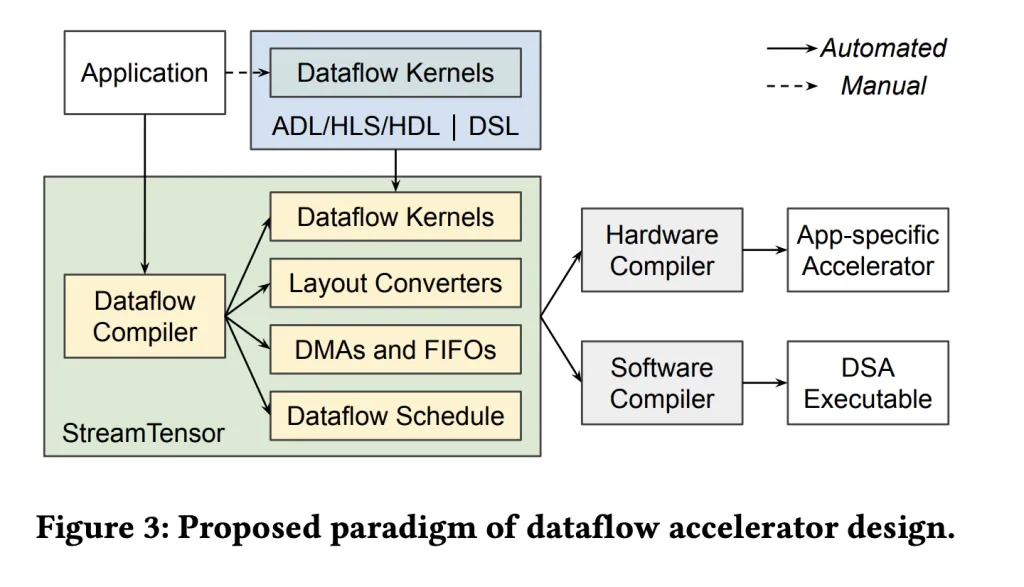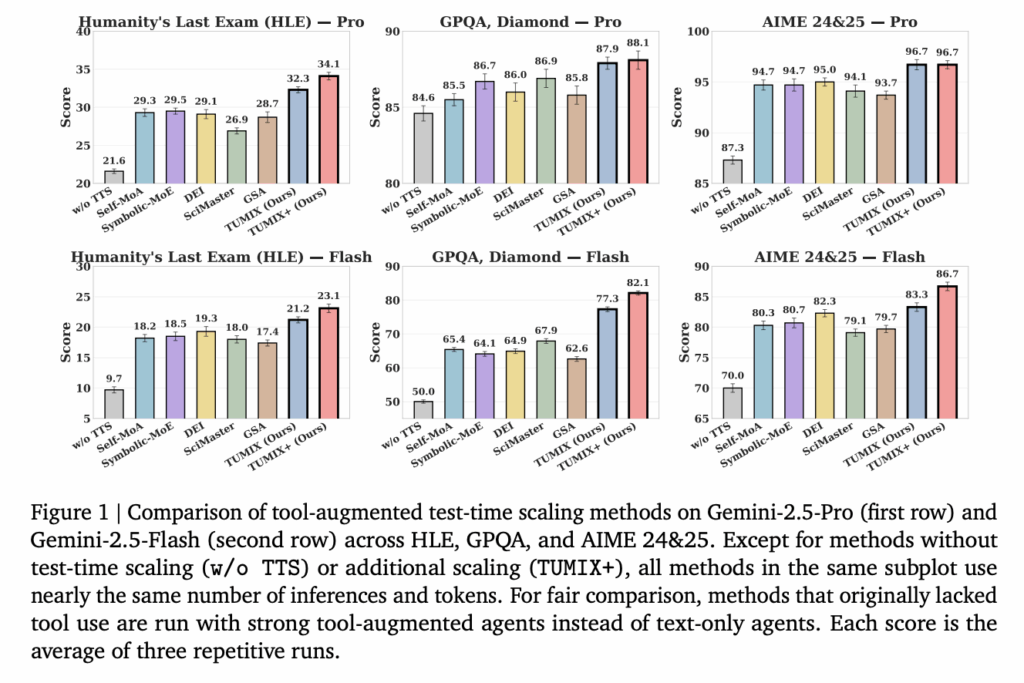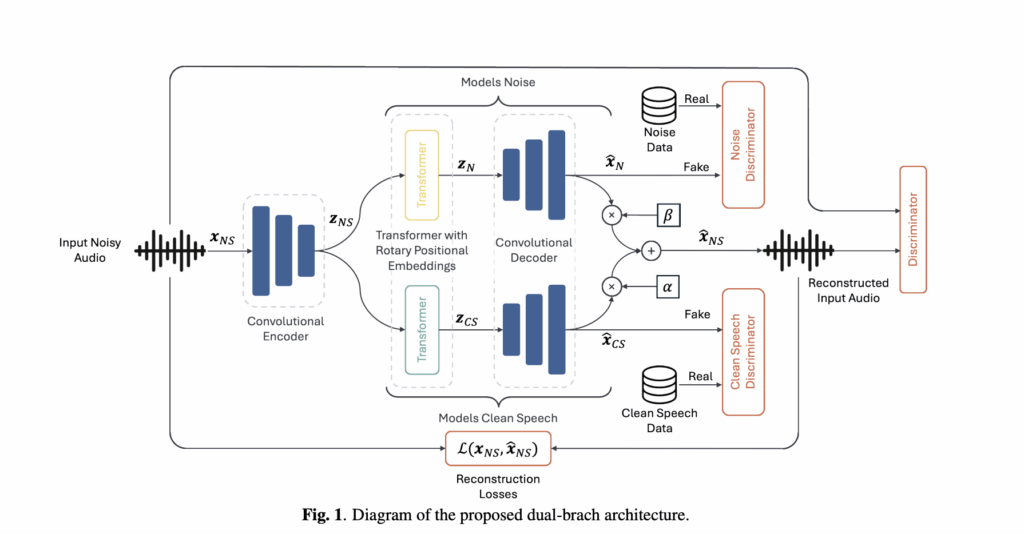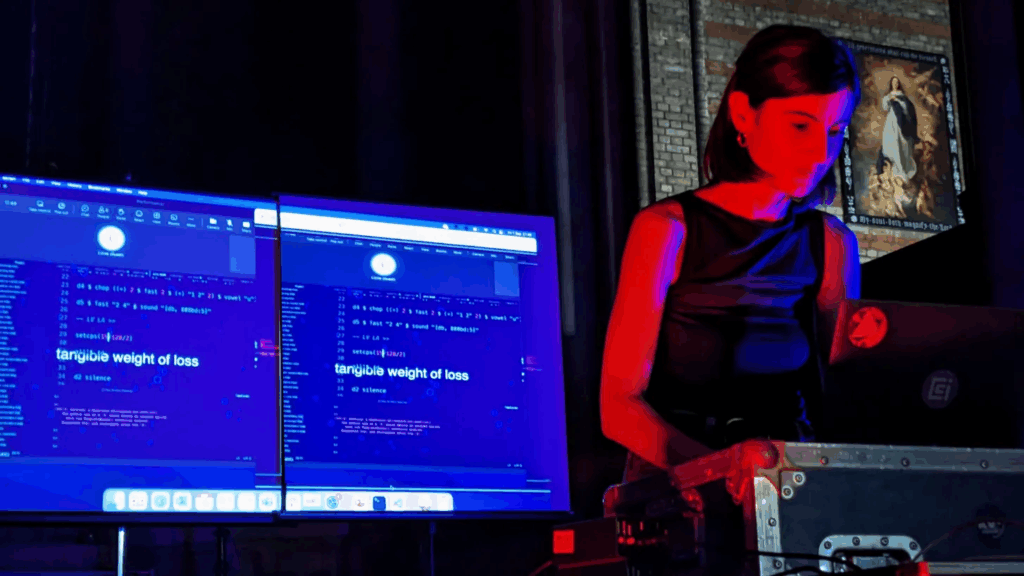We will build a Regression Language Model (RLM), a model that predicts continuous numerical values directly from text sequences in this coding implementation. Instead of classifying or generating text, we focus on training a transformer-based architecture that learns quantitative relationships hidden within natural language descriptions. We start by generating synthetic text-to-number data, tokenizing it efficiently, and then train a lightweight Transformer encoder to map linguistic cues to real-valued targets. By the end, we not only understand how RLMs can be implemented from scratch but also visualize their learning behavior and test their generalization on unseen examples. Check out the FULL CODES here. Copy CodeCopiedUse a different Browser import numpy as np import torch import torch.nn as nn import torch.optim as optim from torch.utils.data import Dataset, DataLoader import matplotlib.pyplot as plt from collections import Counter import re torch.manual_seed(42) np.random.seed(42) print(” Regression Language Model (RLM) Tutorial”) print(“=” * 60) We begin by importing essential libraries, such as PyTorch, NumPy, and Matplotlib, to build and visualize our Regression Language Model. We set random seeds to ensure reproducibility and initialize the environment, thereby guaranteeing consistent results each time the tutorial is run. Check out the FULL CODES here. Copy CodeCopiedUse a different Browser def generate_synthetic_data(n_samples=2000): “””Generate synthetic text-to-number regression data””” templates = [ (“The temperature is {} degrees”, lambda x: x), (“I rate this {} out of ten”, lambda x: x), (“The price is {} dollars”, lambda x: x), (“Confidence level: {}”, lambda x: x / 100), (“Speed of {} kilometers per hour”, lambda x: x / 10), (“{} percent complete”, lambda x: x / 100), (“Scored {} points in the game”, lambda x: x / 10), (“The distance is {} meters”, lambda x: x), ] data = [] for _ in range(n_samples): template, transform = templates[np.random.randint(len(templates))] value = np.random.uniform(0, 100) text = template.format(round(value, 1)) target = transform(value) data.append((text, target)) return data We create a synthetic dataset that pairs natural language sentences with corresponding numerical values. By using varied templates such as temperatures, ratings, and percentages, we ensure the model learns diverse text–number relationships. This controlled setup helps us simulate realistic regression tasks without relying on external data. Check out the FULL CODES here. Copy CodeCopiedUse a different Browser class SimpleTokenizer: def __init__(self): self.word2idx = {“<PAD>”: 0, “<UNK>”: 1} self.idx2word = {0: “<PAD>”, 1: “<UNK>”} self.vocab_size = 2 def fit(self, texts): “””Build vocabulary from texts””” words = [] for text in texts: words.extend(re.findall(r’w+|[^ws]’, text.lower())) word_counts = Counter(words) for word, _ in word_counts.most_common(): if word not in self.word2idx: self.word2idx[word] = self.vocab_size self.idx2word[self.vocab_size] = word self.vocab_size += 1 def encode(self, text, max_len=20): “””Convert text to token indices””” words = re.findall(r’w+|[^ws]’, text.lower()) indices = [self.word2idx.get(w, 1) for w in words] if len(indices) < max_len: indices += [0] * (max_len – len(indices)) else: indices = indices[:max_len] return indices We design a simple tokenizer to convert raw text into numerical tokens that the model can process. It builds a vocabulary from all unique words and maps each to an index, handling unknown words and padding automatically. This step ensures our textual inputs are transformed into consistent, machine-readable sequences for training. Check out the FULL CODES here. Copy CodeCopiedUse a different Browser class RLMDataset(Dataset): def __init__(self, data, tokenizer, max_len=20): self.data = data self.tokenizer = tokenizer self.max_len = max_len def __len__(self): return len(self.data) def __getitem__(self, idx): text, target = self.data[idx] tokens = self.tokenizer.encode(text, self.max_len) return torch.tensor(tokens), torch.tensor([target], dtype=torch.float32) class RegressionLanguageModel(nn.Module): def __init__(self, vocab_size, embed_dim=128, num_heads=4, num_layers=2, dropout=0.1, max_len=20): super().__init__() self.token_embedding = nn.Embedding(vocab_size, embed_dim, padding_idx=0) self.position_embedding = nn.Embedding(max_len, embed_dim) encoder_layer = nn.TransformerEncoderLayer( d_model=embed_dim, nhead=num_heads, dim_feedforward=embed_dim * 4, dropout=dropout, batch_first=True ) self.transformer = nn.TransformerEncoder(encoder_layer, num_layers=num_layers) self.fc1 = nn.Linear(embed_dim, 64) self.relu = nn.ReLU() self.dropout = nn.Dropout(dropout) self.fc2 = nn.Linear(64, 1) self.max_len = max_len def forward(self, x): batch_size, seq_len = x.shape positions = torch.arange(0, seq_len, device=x.device).unsqueeze(0).expand(batch_size, -1) token_embed = self.token_embedding(x) pos_embed = self.position_embedding(positions) embeddings = token_embed + pos_embed padding_mask = (x == 0) encoded = self.transformer(embeddings, src_key_padding_mask=padding_mask) mask_expanded = (~padding_mask).unsqueeze(-1).float() summed = (encoded * mask_expanded).sum(dim=1) pooled = summed / mask_expanded.sum(dim=1) x = self.fc1(pooled) x = self.relu(x) x = self.dropout(x) output = self.fc2(x) return output We package our text–number pairs into a PyTorch Dataset, where we tokenize each sentence and return tensors ready for batching. We then build a Transformer-based RLM: token and positional embeddings flow through a multi-layer encoder, we mean-pool non-padded tokens, and feed the result to a small MLP head for regression. In effect, we allow the encoder to learn numerical cues from language, while the head maps them to a single continuous value. Check out the FULL CODES here. Copy CodeCopiedUse a different Browser def train_rlm(model, train_loader, val_loader, epochs=15, lr=0.001): criterion = nn.MSELoss() optimizer = optim.Adam(model.parameters(), lr=lr) train_losses, val_losses = [], [] print(f”n Training on {device}”) print(“-” * 60) for epoch in range(epochs): model.train() train_loss = 0 for tokens, targets in train_loader: tokens, targets = tokens.to(device), targets.to(device) optimizer.zero_grad() outputs = model(tokens) loss = criterion(outputs, targets) loss.backward() optimizer.step() train_loss += loss.item() train_loss /= len(train_loader) train_losses.append(train_loss) model.eval() val_loss = 0 with torch.no_grad(): for tokens, targets in val_loader: tokens, targets = tokens.to(device), targets.to(device) outputs = model(tokens) loss = criterion(outputs, targets) val_loss += loss.item() val_loss /= len(val_loader) val_losses.append(val_loss) print(f”Epoch {epoch+1:2d}/{epochs} | Train Loss: {train_loss:.4f} | Val Loss: {val_loss:.4f}”) return train_losses, val_losses We train the model using Adam and MSE loss on a GPU, if available, iterating over mini-batches to backpropagate and update weights. We switch to evaluation mode for validation at the end of each epoch, track training and validation losses, and print progress so we can see the learning dynamics in real-time. Check out the FULL CODES here. Copy CodeCopiedUse a different Browser print(“n Generating synthetic data…”) data = generate_synthetic_data(2000) split_idx = int(0.8 * len(data)) train_data, val_data = data[:split_idx], data[split_idx:] print(f”Train samples: {len(train_data)}, Val samples: {len(val_data)}”) print(“n Building tokenizer…”) tokenizer = SimpleTokenizer() tokenizer.fit([text for text, _ in train_data]) print(f”Vocabulary size: {tokenizer.vocab_size}”) train_dataset = RLMDataset(train_data, tokenizer) val_dataset = RLMDataset(val_data, tokenizer) train_loader = DataLoader(train_dataset, batch_size=32, shuffle=True) val_loader = DataLoader(val_dataset, batch_size=32) print(“n Building Regression Language Model…”) model = RegressionLanguageModel(vocab_size=tokenizer.vocab_size) print(f”Model parameters: {sum(p.numel() for p in model.parameters()):,}”) train_losses, val_losses = train_rlm(model, train_loader, val_loader) plt.figure(figsize=(10, 4)) plt.plot(train_losses, label=’Train Loss’, linewidth=2) plt.plot(val_losses, label=’Val Loss’, linewidth=2) plt.xlabel(‘Epoch’)





